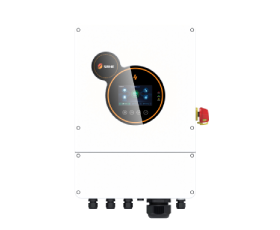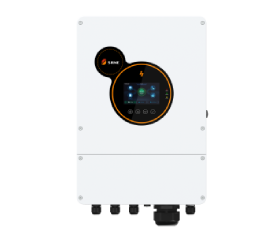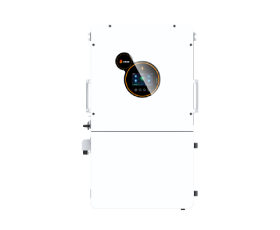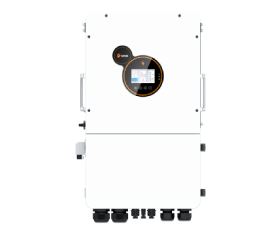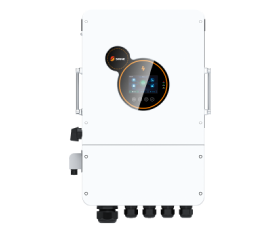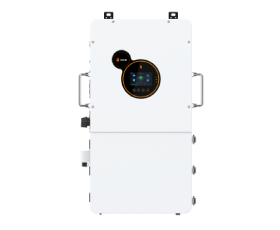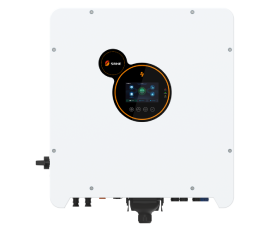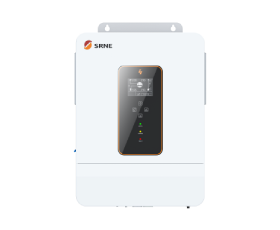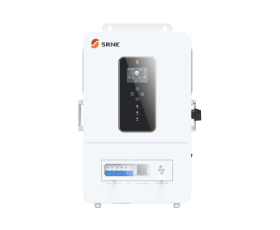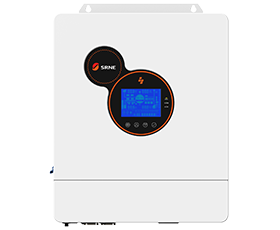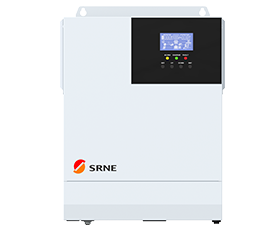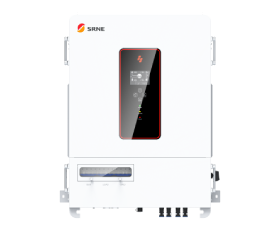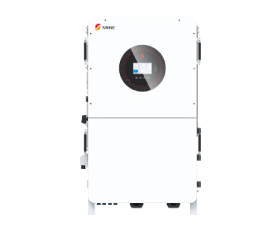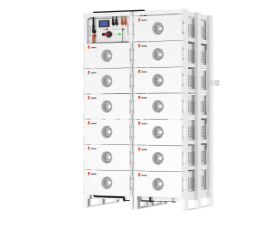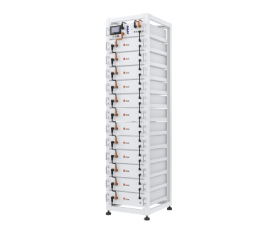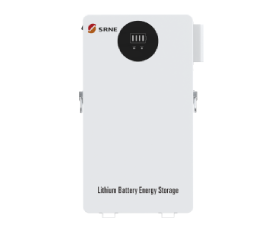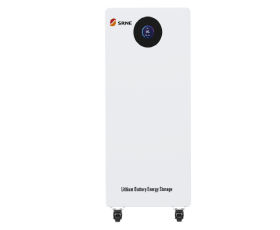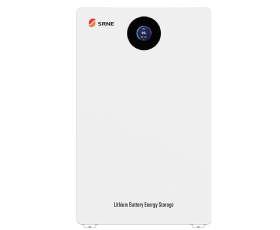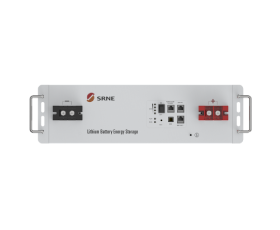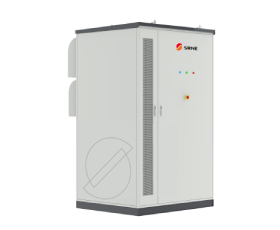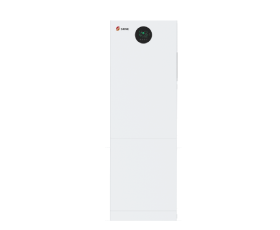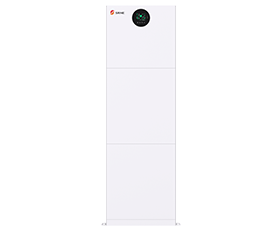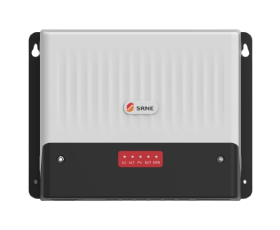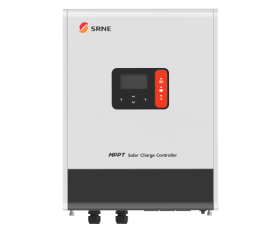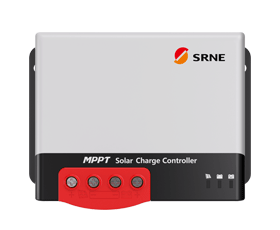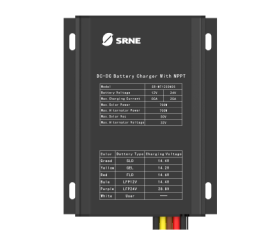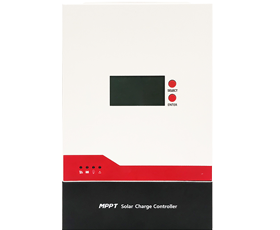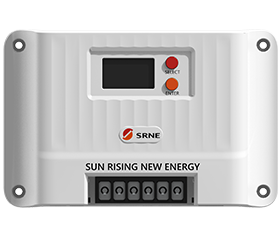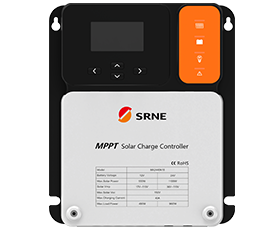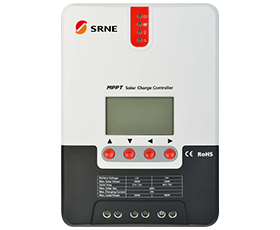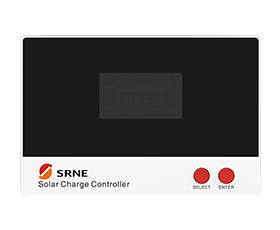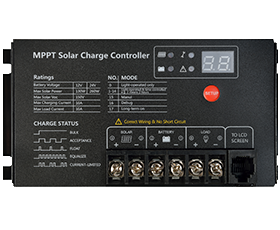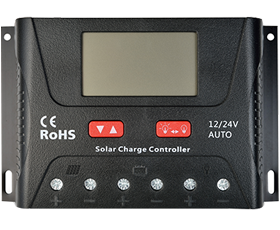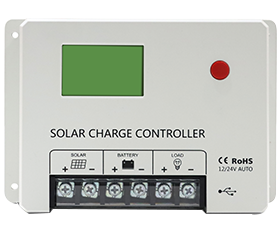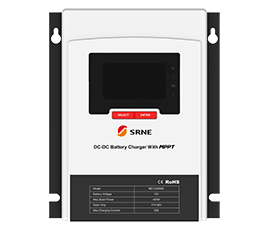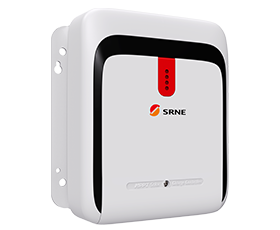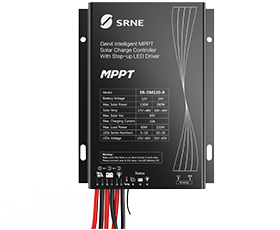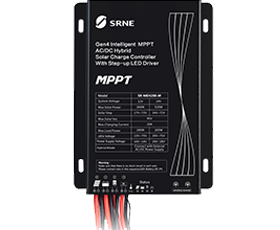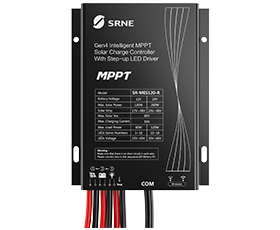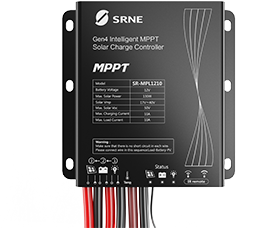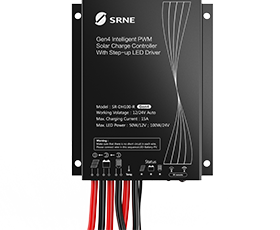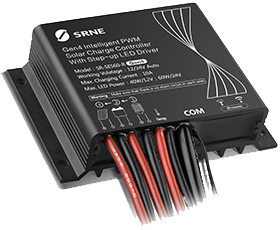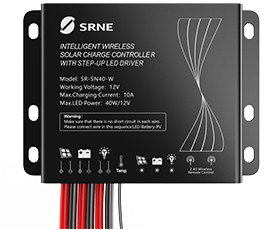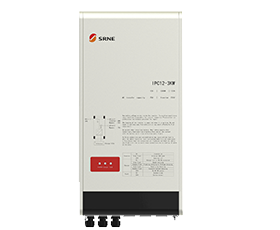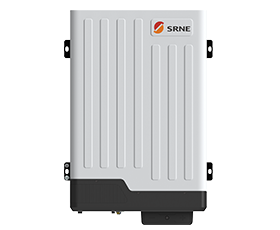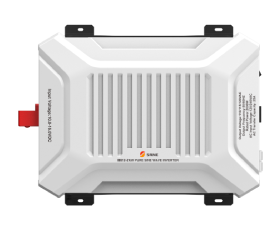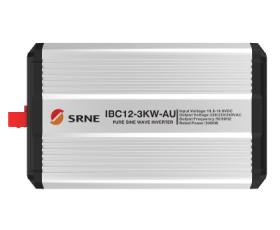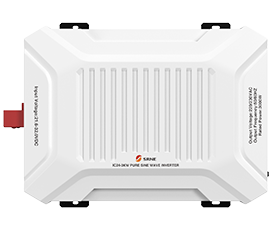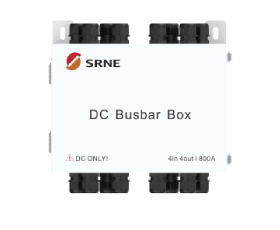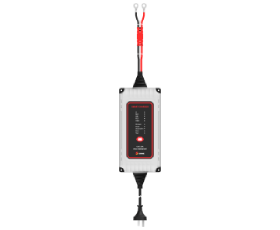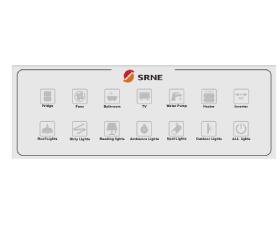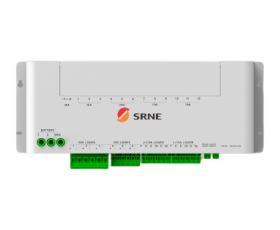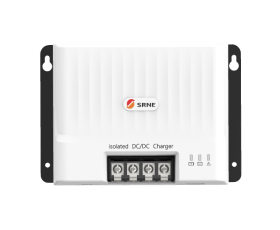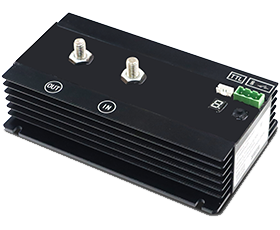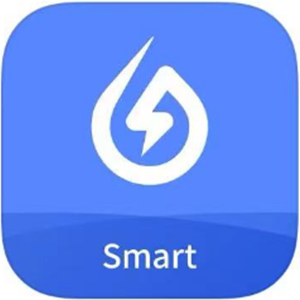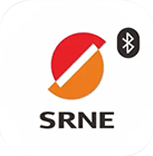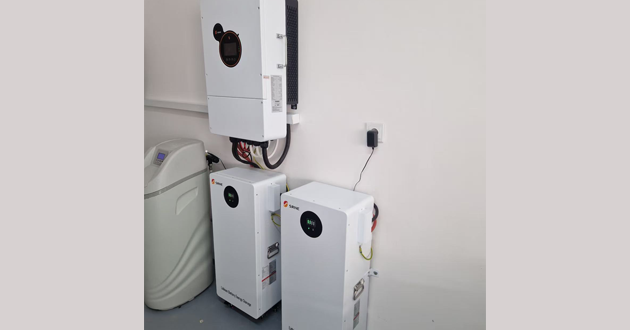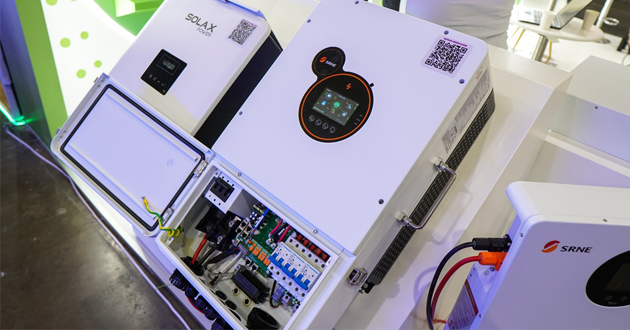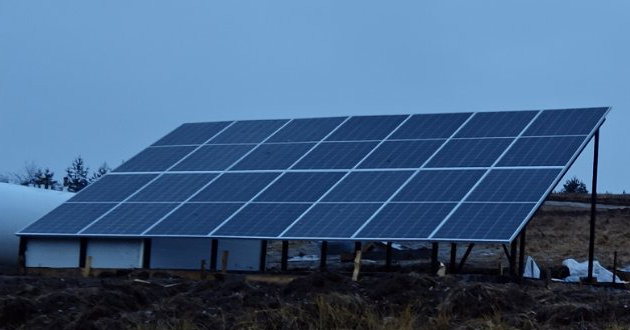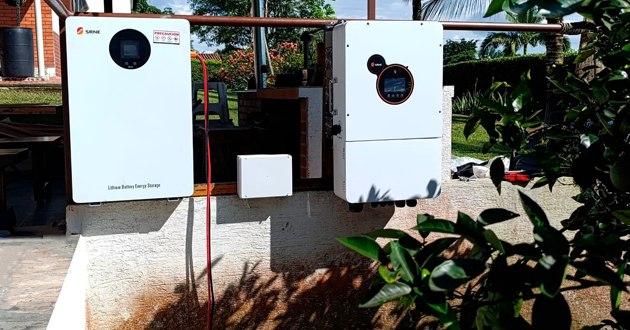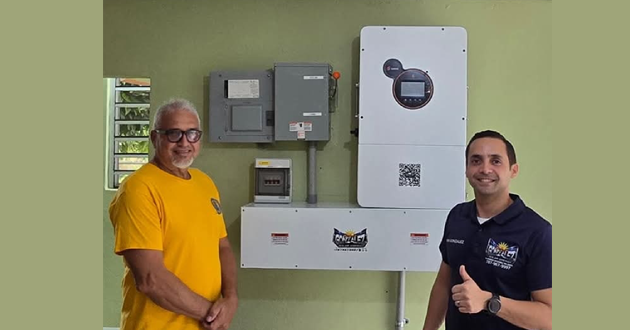How Much Does a Hybrid Inverter Cost? A Complete Guide
In this guide, we’ll break down the key factors that influence hybrid inverter cost, show typical price ranges for different system sizes, compare hybrid inverters with other options, and share some practical tips to help you choose the right hybrid inverter for your needs and budget.
Key Factors That Influence Hybrid Solar Inverter Cost
Power rating (kW / kVA)
For any hybrid solar inverter, a higher power rating almost always means a higher price, because larger inverters are designed to handle greater electrical loads. Smaller homes can usually run well on a 3–5 kW hybrid inverter, while energy-hungry households, workshops, or commercial sites may need 10 kW or more. Bigger hybrid inverters typically use higher-grade semiconductors, stronger cooling systems, and reinforced internal designs, all of which push up manufacturing costs. When choosing the power rating, it’s important to look beyond your current usage and think about future load growth—selecting the right size from the start can help you avoid expensive upgrades later.
Brand and quality level
Brand and build quality are major drivers of the total cost of a hybrid inverter system. Premium manufacturers tend to offer higher efficiency, more stable long-term performance, and longer warranties. Budget brands can lower your upfront cost, but may cut corners on components, certifications, or technical support. Well-established hybrid solar inverter brands usually invest more in R&D, stress testing, and compliance with international standards, which translates into better reliability and longer service life. Easy access to firmware updates, spare parts, and knowledgeable service teams also adds real value over time. Cheaper options may look attractive at first, but can lead to more breakdowns, higher maintenance bills, or earlier replacement.
Single-phase vs. three-phase
The choice between a single-phase and three-phase hybrid inverter will also influence the price. Three-phase hybrid inverters are generally more expensive because they’re built for heavier electrical systems, typically found in larger homes, commercial buildings, or light industrial sites. They offer smoother power distribution and can handle larger equipment, but the added complexity of their electronics and control systems increases production costs. Single-phase hybrid inverters remain the most common choice for standard residential setups thanks to simpler installation and lower initial investment. When deciding between the two, you should match the hybrid solar inverter to your grid connection type and the total load you want to support.
Off-grid, on-grid, or hybrid features
How you plan to use the hybrid inverter—mainly on-grid, off-grid, or in a fully hybrid configuration—has a direct impact on cost. Simple grid-tied inverters are the cheapest option, while hybrid and off-grid models need extra hardware and software to manage batteries and provide backup power. These more advanced hybrid power inverter systems often include features like automatic transfer switching, multiple operating modes, enhanced safety logic, and built-in battery protection, all of which add to the price. In return, they allow you to keep key loads running during outages, make better use of time-of-use tariffs, and move closer to energy independence. The more flexible and capable the hybrid inverter, the higher the investment you can expect.
Smart functions
Modern hybrid solar power inverter solutions increasingly come with smart monitoring and control features. Wi-Fi or Ethernet connectivity, mobile apps, data logging, and advanced EMS platforms let you see how much energy you’re producing and using, and fine-tune system settings in real time. Hybrid inverters that integrate with smart homes, support dynamic load control, or participate in demand-response programs usually cost more because they rely on additional sensors, processing power, and software development. Although these features raise the initial price of the hybrid inverter, they can deliver better efficiency, clearer insights, and easier management over the long term.
Warranty length and after-sales service
Warranty coverage and service quality also play a big role in the true cost of a hybrid inverter over its lifetime. Longer warranties—often 10 years or more—generally signal greater confidence in the product but are also reflected in the purchase price. Manufacturers offering extended protection factor potential repair or replacement into what they charge. Strong after-sales support for your hybrid power inverter, including local service centers, quick response times, and solid technical assistance, further increases its value. A good support network can reduce downtime and unexpected expenses, making a slightly higher upfront investment in a quality hybrid solar power inverter a smart trade-off for long-term peace of mind.
Typical Price Ranges for Hybrid Solar Power Inverters
System Size (Hybrid Inverter) | Typical Application | Approximate Cost Level |
3–5 kW (Entry-level) | Small homes, basic backup, a few essential loads | Low to mid-range |
5–10 kW (Mid-range) | Family homes with higher usage, small businesses, partial backup | Medium to higher range |
10–20+ kW (Large / Commercial) | Large houses, commercial buildings, farms, energy-intensive sites | High-end range |
Hybrid Inverter vs. Other Options: Is It Worth the Cost ?
Hybrid inverters usually cost more than standard grid-tied systems, but they also deliver much greater flexibility and control over your energy use.
Hybrid inverter vs. standard grid-tied inverter
Hybrid inverter:
Works with batteries
Can provide backup power during outages
Manages energy flows between solar, battery, and grid
Grid-tied inverter:
Simple and efficient for pure solar export or self-consumption
Depends on the grid to operate
Shuts down during blackouts and cannot directly use batteries
If you only want to reduce your daytime electricity bill and don’t need backup, a grid-tied inverter can be sufficient. If you care about backup power or time-of-use savings, a hybrid inverter is the better choice.
Hybrid inverter vs. separate inverter + battery charger
Instead of installing a single hybrid inverter, you can build a system using a standard grid-tied inverter plus a separate battery inverter/charger. This setup can work well, but it usually means more equipment on the wall, more wiring, more settings to configure, and more components that could fail over time.
A hybrid solar power inverter combines all these functions in one unit, so solar, batteries, and the grid are managed by the same controller. This usually makes the system cleaner to install, easier to maintain, and simpler to monitor through a single app or interface. Because there are fewer devices to buy, mount, and connect, the total cost of a hybrid inverter system can often be similar to—or even lower than—a setup with multiple separate inverters. It also tends to look neater and take up less space, which is especially helpful in compact utility rooms or garages.
When paying more for a hybrid inverter makes financial sense
Paying extra for a hybrid power inverter makes the most sense when reliability and control are important to you. If you live in an area with frequent power cuts, being able to keep essentials like lights, Wi-Fi, refrigeration, or medical equipment running can easily justify the added cost.
In regions with high electricity prices or time-of-use tariffs, a hybrid system lets you shift when you use energy: you can charge the batteries when power is cheap or when solar production is high, then use that stored energy during expensive peak periods.
For households aiming for greater energy independence, a hybrid power inverter helps you use more of your own solar power and depend less on the grid, which can lead to meaningful savings over the life of the system. When these advantages match your situation, the higher upfront investment in a hybrid solar power inverter often pays off in better comfort, stronger resilience, and long-term financial returns.
How to Choose the Right Hybrid Power Inverter for Your Budget
Define your energy needs
Before you look at prices, get clear on what you actually want the hybrid power inverter to do. Think about your total load size (kW) and your typical daily energy use (kWh). Then decide which appliances really need to stay on during an outage, and for how long. Backing up a few lights, your Wi-Fi, and a fridge is one thing; keeping air conditioners, pumps, or heavy machinery running is something else entirely. The better you understand your loads and backup expectations, the easier it is to choose the right system size—so you don’t overspend on an oversized setup or end up frustrated with one that’s too small.
Set a realistic budget range
Once your needs are clear, put together a budget for the whole system, not just the hybrid power inverter itself. Include the cost of the inverter, installation and wiring, batteries (either installed now or added later), and key protection devices such as breakers, isolators, and surge protection. A realistic budget range gives you a solid reference point when comparing different models and system designs. It also helps you stay focused on solutions that make sense technically and financially, instead of being drawn to extras that don’t really add value for your situation.
Check certifications and safety standards
Any hybrid solar power inverter you choose should meet the regulations in your area. Look for proof that it complies with local grid codes, relevant electrical standards, and recognised safety certifications. In some regions, the utility may even publish a list of approved or recommended inverter models, which can make grid connection smoother. Choosing a certified, compliant unit reduces the risk of inspection issues or connection delays and gives you more confidence in the long-term safety and reliability of your system.
Compare warranties and local support
The purchase price doesn’t tell the whole story. Pay close attention to how long the warranty lasts, what it covers, and how easy it is to get help if something goes wrong. Check whether the brand has local service partners, access to spare parts in your region, and a good reputation for after-sales support. In many cases, paying a little more for a hybrid solar inverter with strong local backing ends up cheaper over its lifetime than opting for a low-cost model that’s hard to repair or slow to service.
Get multiple quotes from installers
Installation costs and system designs can vary a lot, even when using similar equipment. To get a fair view of the market, ask at least two or three installers for detailed quotes. Each proposal should clearly state the hybrid inverter model, warranty terms, included components, and what’s covered in the installation work. When comparing quotes, look beyond the total price—consider the quality of the system design, the brands of the key components, and the level of support offered after installation. A bit of extra comparison up front makes it much more likely that you’ll end up with a hybrid solar inverter system that fits both your technical requirements and your budget.
Read more:
https://www.srnesolar.com/articledetail/what-happens-if-you-overload-a-hybrid-inverter.html
https://www.srnesolar.com/articledetail/can-a-hybrid-inverter-work-without-a-grid.html
Conclusion
A hybrid inverter is more than just a box that converts DC to AC—it’s the control center of your solar and battery system. Its cost is shaped by power rating, brand quality, phase type, operating modes, smart features, and the level of warranty and support behind it. While a hybrid inverter usually costs more than a simple grid-tied model, it also unlocks backup power, smarter energy use, and a higher level of energy independence.





















